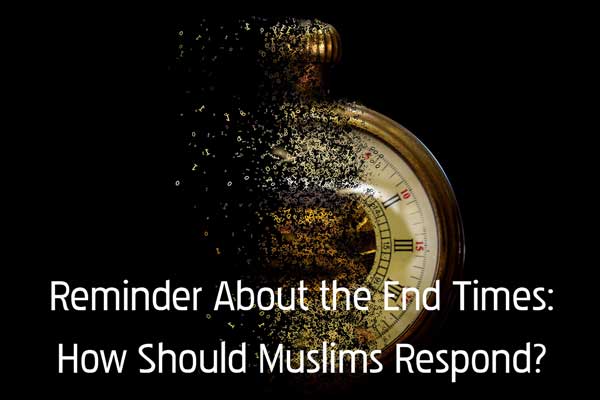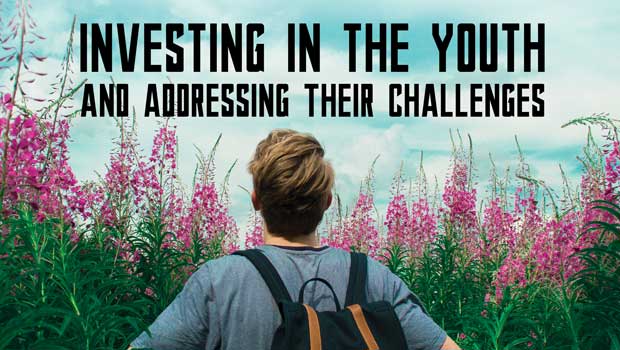I’ve never spent Eid al-Fitr — the celebration that ends the holy month of Ramadan — in a Muslim country, but I have heard stories. It is remarkable that more than 2 billion Muslims around the world celebrate Eid al-Fitr and friends have shared with me wonderful memories of Eids abroad where people celebrated in the streets, sometimes with parades, playing drums, and singing nasheeds. They describe the mountains of food they share with family members and neighbors. They talk about how the children are on a long holiday break and receive their Eid money in between getting hugs and kisses from elders. Many people say that there is no place like Eid in a Muslim country because as soon as you leave your home, you feel the radiance of the people’s joy at every corner.
In the U.S, where I’ve spent all my Eids since childhood, I have found that Americans have a harder time trying to find unique and creative ways to mark the ending of Ramadan. Although Muslims in America, being a minority, have to create their own experience of celebratory joy and fun, different from their Muslim counterparts abroad, the day still manages to be beautiful in so many ways. So how do American Muslims generally celebrate the blessed holiday?
First, because it’s not a holiday recognized by the federal government, we don’t all automatically have the day off. We must communicate with employers in advance of the holiday to request it off. Depending on the moon sighting, it is even sometimes challenging to know which date to request off from work or school due to the uncertainty of the sighting. However, you can use an official letter from the local mosque announcing the holiday and potential days for Eid to provide you with some support. In the case of a day off from school, the school should mark it as an excused absence and allow the child extra time to turn in assignments. In some school districts where Muslim students are high in number, there has been success in petitioning the school district to recognize Eid al-Fitr and mark it as an official school holiday.
If the day off is secured, most individuals and families will pray in congregation, the special Eid salat at the local mosque. Some mosques even rent out big venues like convention halls or football stadiums, or parks to pray in large numbers. Before leaving the house, people put in effort buying new clothes, planning their outfits, and putting on new scents. After the salat, Muslims take time to greet one another and take photos with their families. Depending on the mosque, there are various activities, pastries and tea, toys, and maybe even a mini carnival for the kids.
After festivities at the mosque, my family usually goes out to eat for breakfast. Some years it was as simple as IHOP, other years it turned into a hunt for the best brunch in the city. We would keep our fancy clothes on and sit together happy to be eating pancakes during daylight hours, as this was a day of celebration, not fasting. With breakfast finished, we sometimes go home for a quick “Eid nap.” Based on social media mentioning, the instituting of an Eid nap seems to be a quintessential part of the American Eid tradition: fill your stomachs in the morning and then take a pause in celebrations for a quick nap. This allows your body to catch up on sleep since you probably stayed up after Fajr to prepare for festivities.
If there are small children in the house, it also may be the time when gifts are opened. My parents always wanted us to feel the joy of Ramadan even if we weren’t old enough to understand it’s significance or could partake in fasting. So, from a very young age we would open our gifts that would be stacked in the middle of the living room with our names written on the wrapping paper. I know many of my friends growing up would instead receive “eidies” which were envelopes of money that they could use on whatever toys or gadgets they wanted.
The post Eid activities vary from household to household. If people live close to relatives, they’ll spend the evening hopping from one home to the other to share a meal or give Eid greetings. If they don’t have family around, maybe they’ll choose to gather in a big community group and go for fun activities like miniature golf or bowling. I’ve seen some masajid organize groups specifically for singles or new Muslims who may not have anyone to spend the day with. I think organizing within the community to figure out how people are spending the day and encourage people to invite community members to their homes, is necessary to ensure no one feels alone on a joyous occasion.
Regardless of which way you choose to celebrate Eid al-Fitr, it’s important to take stock of all the great habits you cultivated during Ramadan. It’s often said that the mosque is most empty the days following Eid because people are no longer entranced in the practice of praying daily salats at the masjid. It’s important that we not only celebrate on Eid al-Fitr, but we think about all the good we busied our time with during Ramadan and what of those newly formed good habits we can continue. We must not just go back to our old habits, allowing our eyes and ears to get thrown quickly back into dunya affairs. We should take time to do things like fasting the six days of Shawwal in the days following Eid al-Fitr. If we can extend and reinforce the blessings from Ramadan, we are demonstrating our devotion and gratitude to Allah SWT. And we can pass on good traditions and practices to future generations.




